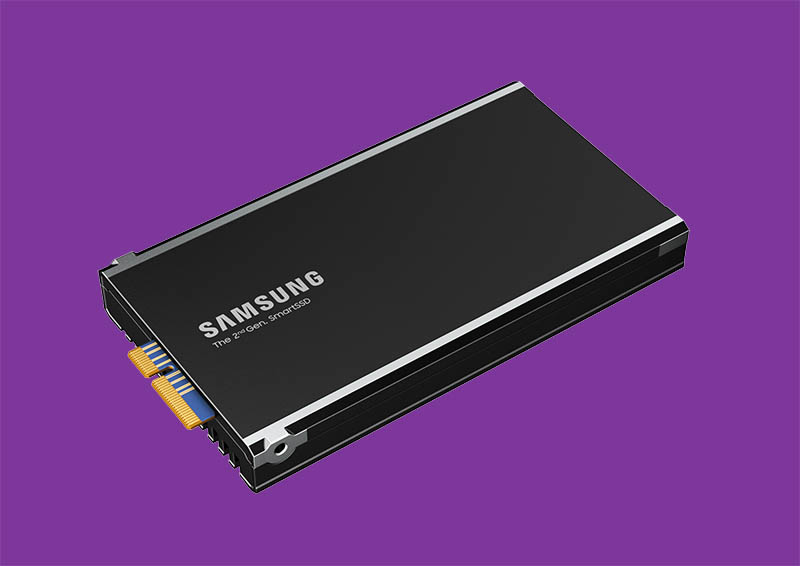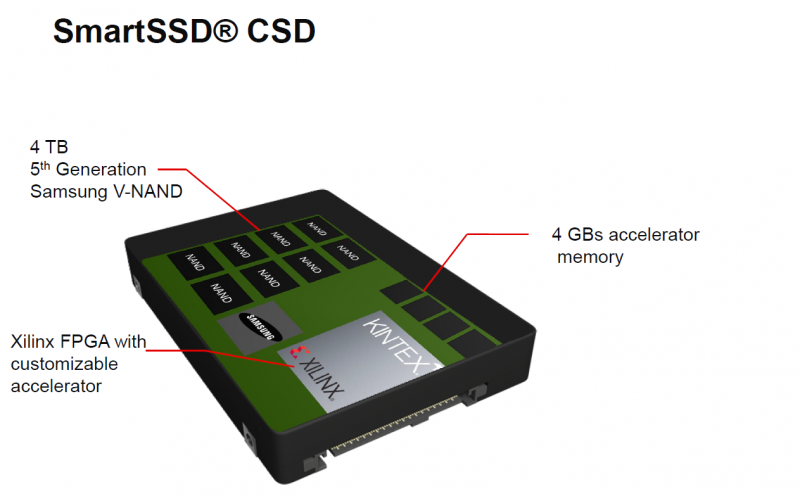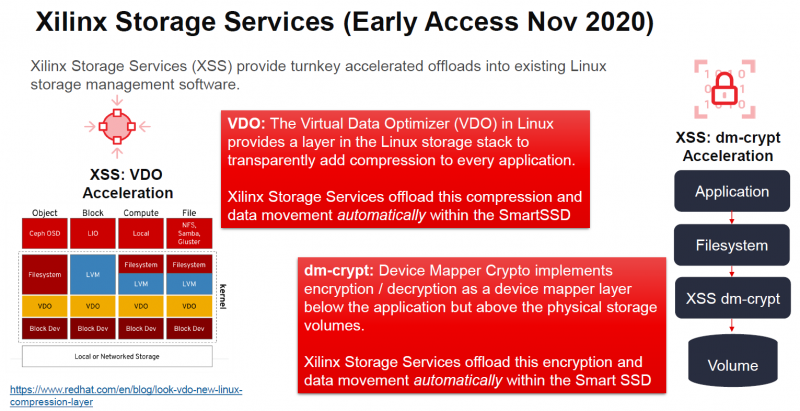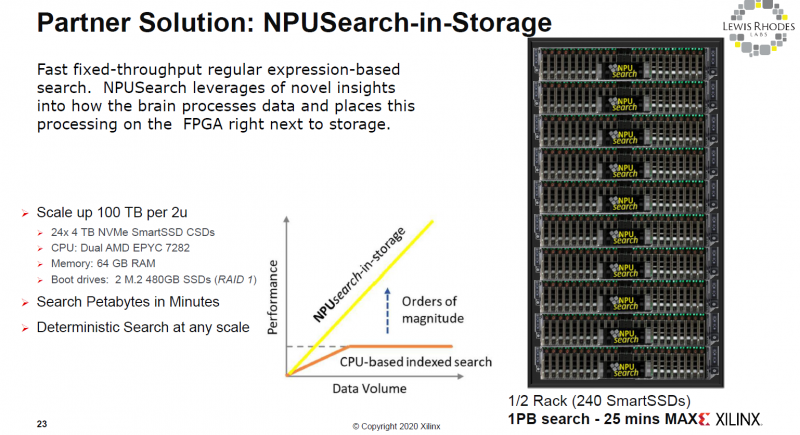Samsung and AMD Xilinx have a new SSD. The 2nd Gen SmartSSD is the upgraded computational storage device designed for those looking to shift storage paradigms. We previously looked at the first generation device, the Xilinx-Samsung SmartSSD Computational Storage Drive in 2020. Now, we have a significantly upgraded unit.
Samsung and AMD Xilinx Launch 2nd Gen SmartSSD
The new Samsung and AMD-Xilinx SmartSSD has a new processing engine. This generation jumps from the older Kintex FPGAs to the new Xilinx Versal ACAP as its processing core. That provides more performance, Arm cores, and the ability to have new acceleration and I/O in the drive. The companies say that the newer generation is significantly faster.

The new unit utilizes EDSFF to provide a more modern form factor. You can learn more about EDSFF form factors in our E1 and E3 EDSFF to Take Over from M.2 and 2.5 in SSDs.
From our previous article, we can see the underpinnings of a SmartSSD from Samsung and Xilinx (now AMD.) Here we have the NAND from Samsung along with the Xilinx Kintex FPGA.

The companies have been working on the software side after introducing the hardware platform. An example is handling the encryption on the device using the FPGA so that it does not have to be done on the CPU and using main memory.

The other advantage is that data processing can happen locally. For example, here is the NPUSearch where the search algorithm is farmed out to the SSDs and the FPGAs in them yielding better performance with the first gen SmartSSDs.

A major part of this is that data does not have to move from the storage device to be processed. Data movement in modern servers is expensive in terms of power and latency/ performance so there are classes of applications that can be greatly accelerated by using less powerful processors next to the storage rather than bringing everything back to the main CPU.
Final Words
If you want to learn more about how SmartSSDs are used, that 2020 article has quite a bit more. It seems like since the first generation was launched Samsung and AMD Xilinx have seen enough traction that they continued to develop and are announcing the second generation product. Hopefully, one day we will get to show you how these work in greater detail.




Well, I’ll be darned. Looks like AMD has gotten back into the flash storage business!